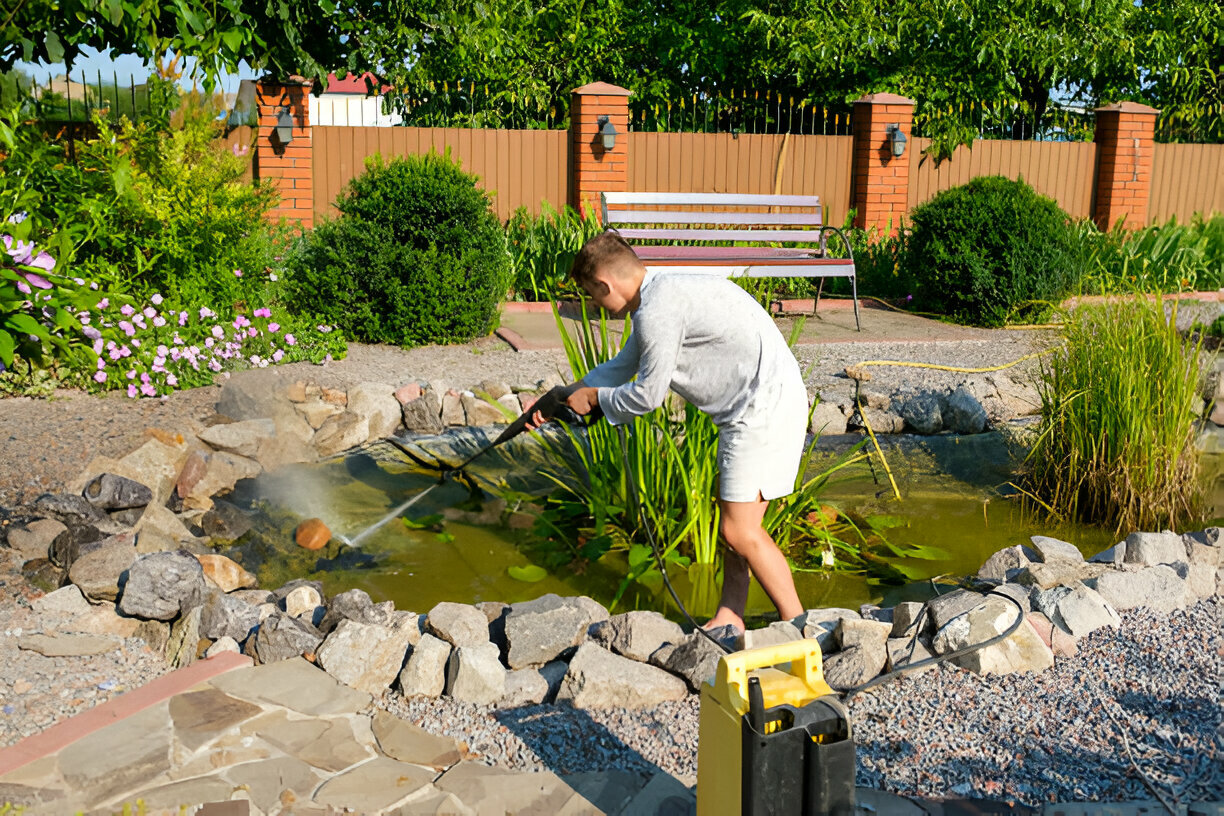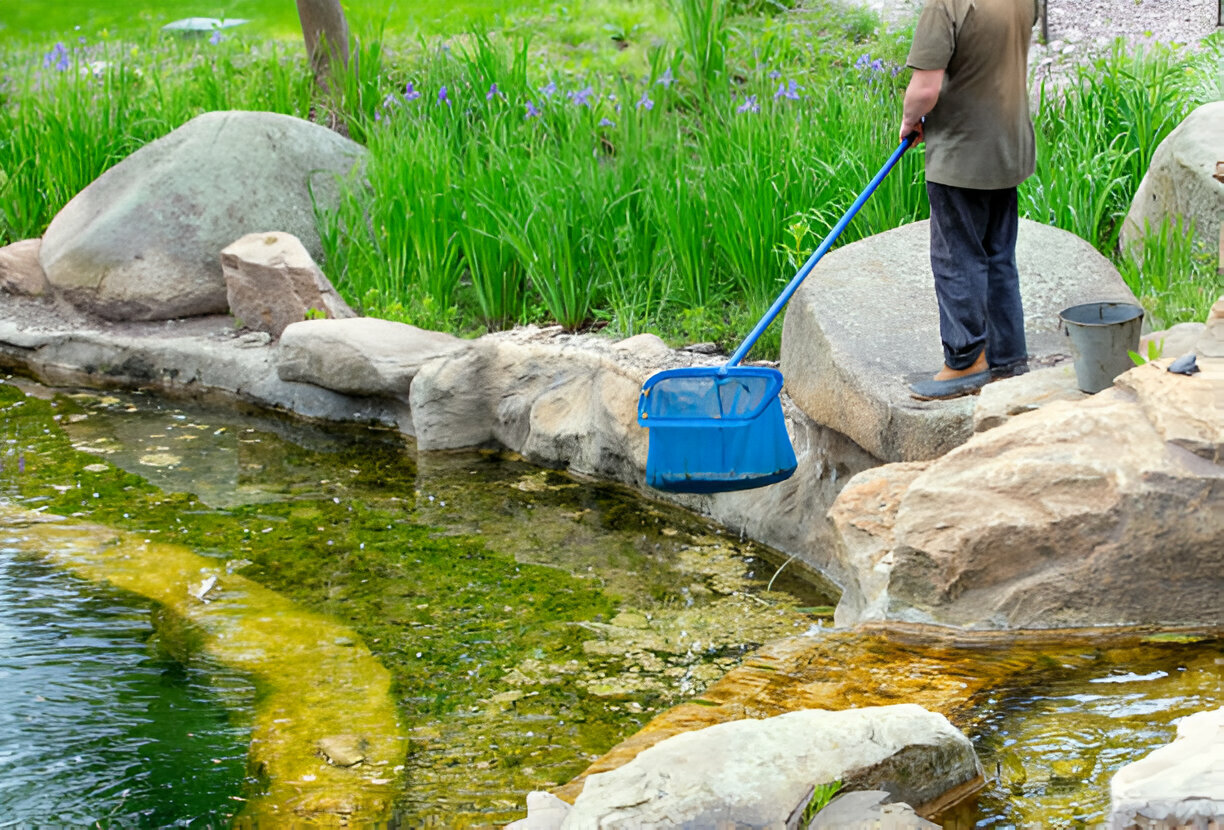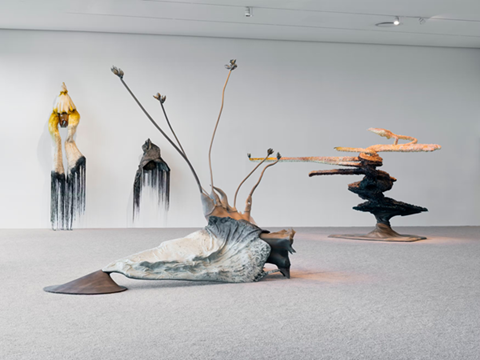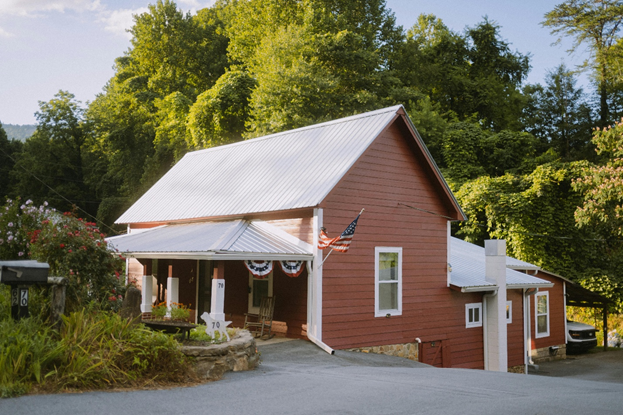
A wildlife pond is more than a pretty place in your yard—it’s a busy home for frogs, bugs, birds, and plants. But leave it alone for too long, and you will have problems. Algae can take over, water can get low, and the wildlife you want might leave. Keeping a pond clean doesn’t mean making it spotless—it’s about finding the right mix between neat and natural.
Whether you have cloudy water, too many plants, or muck from the seasons, competent pond care greatly helps. You could check out lake water treatments for big ponds or call That Pond Guy services in Kent for help. Some folks like doing it themselves, while others call in the pros. Anyway, the key is to take gentle, regular care that doesn’t upset your pond’s environment.
1. Scoop and Skim—But Not Too Much
Take out dead leaves, twigs, and floating bits often. This helps keep the pond clean and cuts down on stuff that helps algae grow. A mesh net or skimmer works well here. But don’t remove all the plant matter—many creatures need leaf litter for shelter and breeding. Do a gentle cleanup once a week, especially in the fall when leaves drop the most.
2. Keep an Eye on Algae
Green, slimy, and fast-growing—algae is the most common problem in garden ponds. A little algae is customary (and reasonable), but too much removes oxygen and chokes life. Cut direct sun by adding floating plants like lilies, and don’t feed fish too much, which makes water rich in nutrients. If algae get wild, use eco-friendly treatments that won’t harm wildlife.
3. Trim Plants That Grow Too Much
Pond plants filter water, give shade, and let wildlife hide, but they can get wild fast. Regular trimming helps them stay healthy and not take over. Focus on plants at the pond edge and fast-growers like water soldiers. Leave some clippings at the edge for a day before composting—this lets critters crawl back home.
4. Don’t Drain the Pond
Draining it all when it gets dirty is tempting, but this removes all the good bacteria and upsets the balance. Instead, change some water—only 10–20% every few weeks if needed—using rainwater or tap water without chlorine. This keeps water fresh without shocking wildlife.
5. Clean the Pond Bottom With Care
Over time, sludge (a mix of dead leaves, algae, and waste) builds at the pond’s bottom. Too much can cause bad smells and murky water. Use a pond vacuum or long-handled net to remove extra sludge in spring or fall. Avoid cleaning during breeding seasons—you don’t want to disturb spawning frogs or dragonfly larvae.
6. Watch Wildlife Activity
A healthy pond is a busy one. Look for signs of regular use by frogs, birds, insects, and newts. If activity drops, something may be wrong—poor water quality, lack of cover, or too much disturbance. Add native plants, make shallow edges for easy access, and avoid chemical treatments that can drive wildlife away.
7. Prepare the Pond for Every Season
Each season brings its pond-care tasks. In spring and summer, focus on algae control and plant growth. In fall, skim leaves and trim plants. In winter, stop feeding fish when cold and keep part of the pond surface ice-free for gas exchange. A pond heater or floating ball can help prevent a complete freeze.
Final Tip: A little care makes a big difference. Don’t aim for a spotless pond—aim for one that’s alive, balanced, and helps wildlife have a safe, welcoming place all year.





